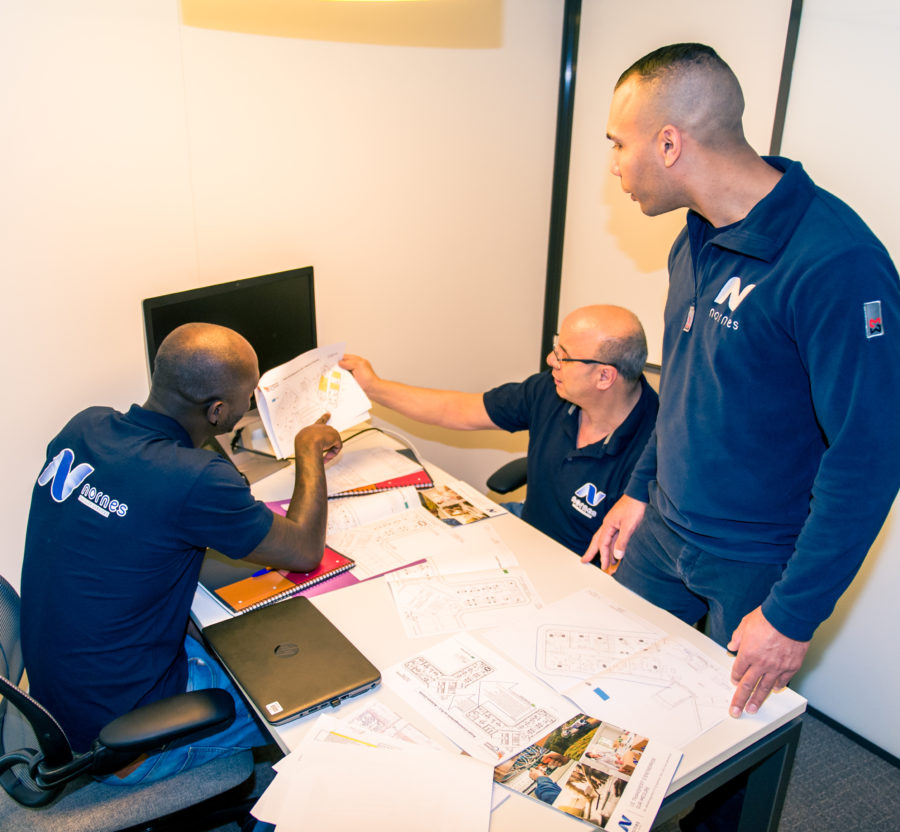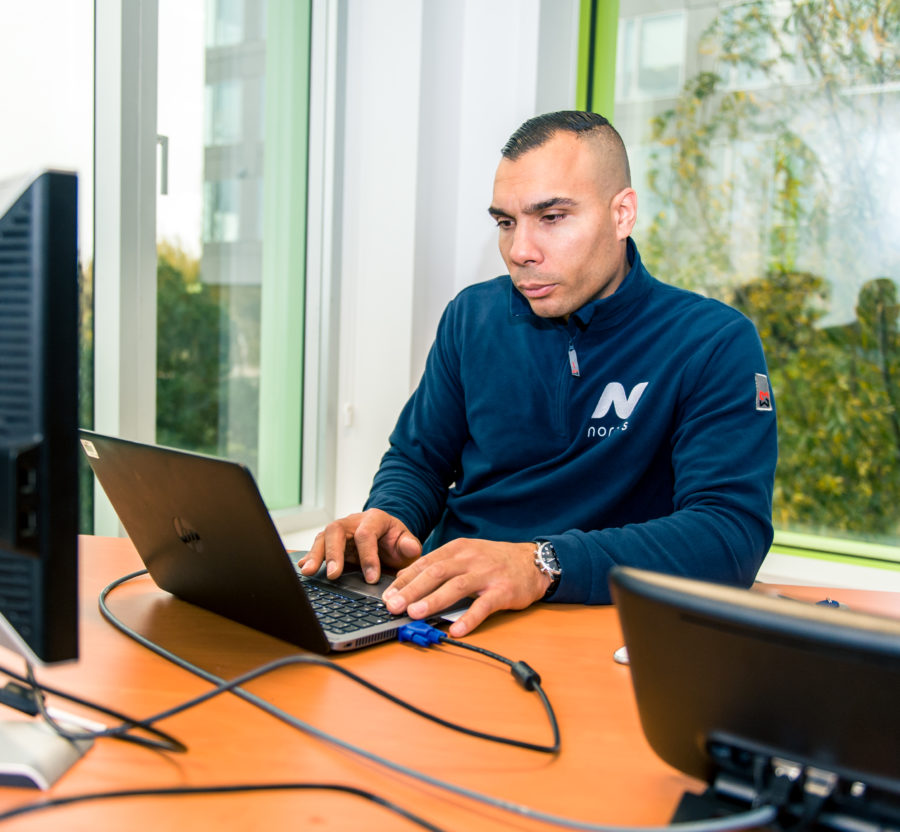

Our Services
Project execution
The life of a company, whether large or small, goes through positive and negative events, decisions and turning points, which must be handled with confidence.A relocation is certainly the most delicate of operations to steer.
En savoir plus
At this stage, the main actions are:

Planning is a process that allows you to determine the specific objectives of your project and the means to achieve the planned deadlines.Planning is a process that allows you to determine the specific objectives of your project and the means to achieve the planned deadlines. We will draw up a spatio-temporal phase schedule (e.g.: GANTT chart) showing the starting point, the stages of the project, any requirements, external input and the outcome.

Once budgeted, organised and planned, the project can be launched.Once budgeted, organised and planned, the project can be launched. At all stages during this part, our expert in charge of piloting will compare the work completed with what was planned and possibly revise the schedules.The pilot takes an overall view to reliably monitor the project, to precisely measure the progress of the project, to validate the deadlines and to take the right decisions in the event of difficulties.
This includes all those involved in the project, which, if well managed, are the key factors to the success of the project.Human resources must, therefore, be particularly well managed, to avoid putting the project at risk.
To avoid a high staff turnover of those involved in the project because of a lack of motivation, the workload for each task must be assessed with great precision to avoid all-too- frequent overloads or periods of inactivity, which can lead to a lack of motivation.
This requires ensuring the forecasts match reality, and, if necessary, reassessing the resource and skill profiles needed.
The pilot indicators can be grouped together in the form of a dashboard/strong>>, forming a veritable management tool for project managers. It can be used to assess a situation or a risk, to trigger an alert or, on the contrary, indicate that correct progress has been made on the project.The choice of indicators depends on the objectives of the project.
Here are a few of the indicators that can be found on a dashboard:


The quality procedure must be integrated into all phases of the project.
Résult : the success of this approach will depend on everyone committing to seek to improve and on the resources implemented by the decision-making bodies to apply the approach